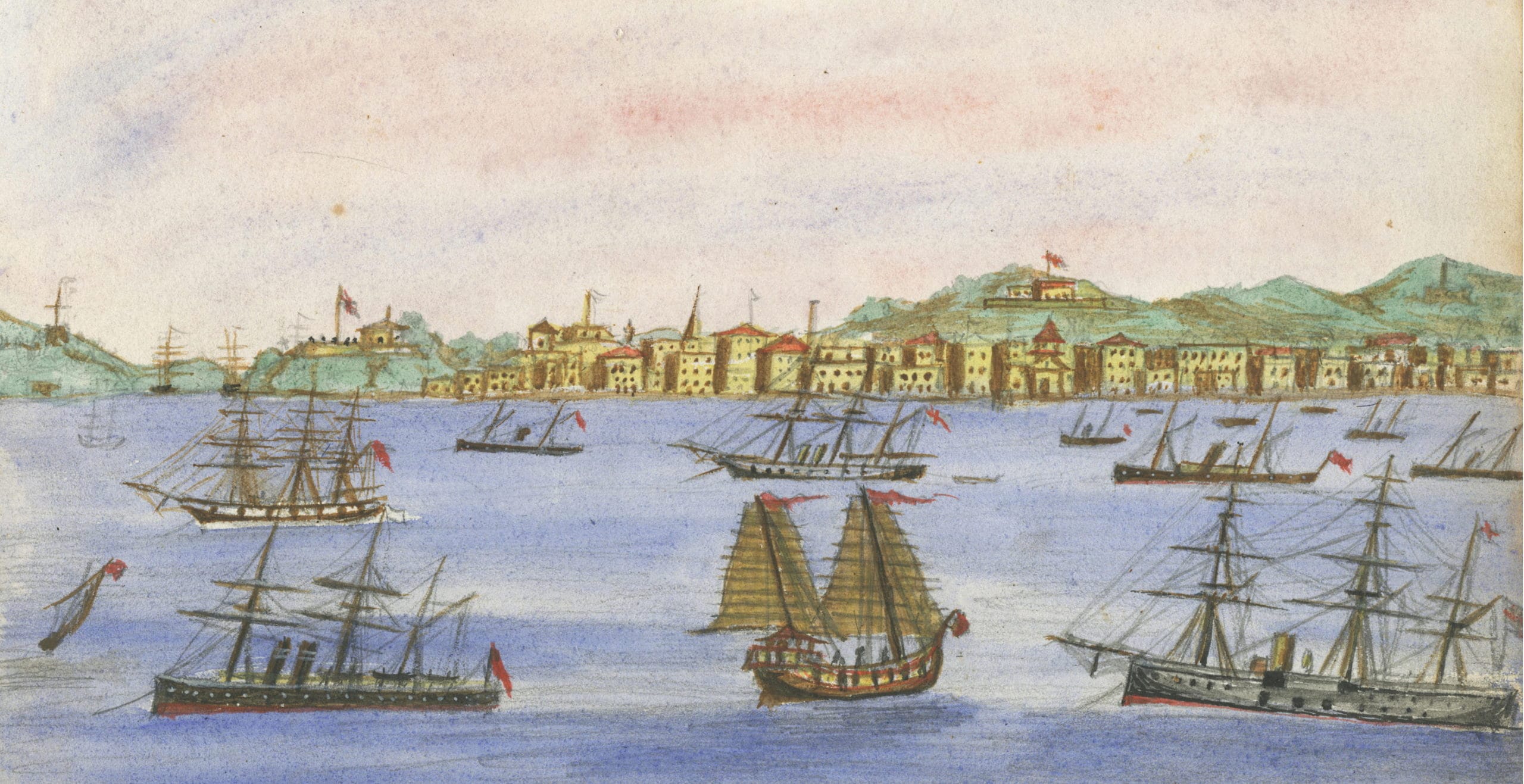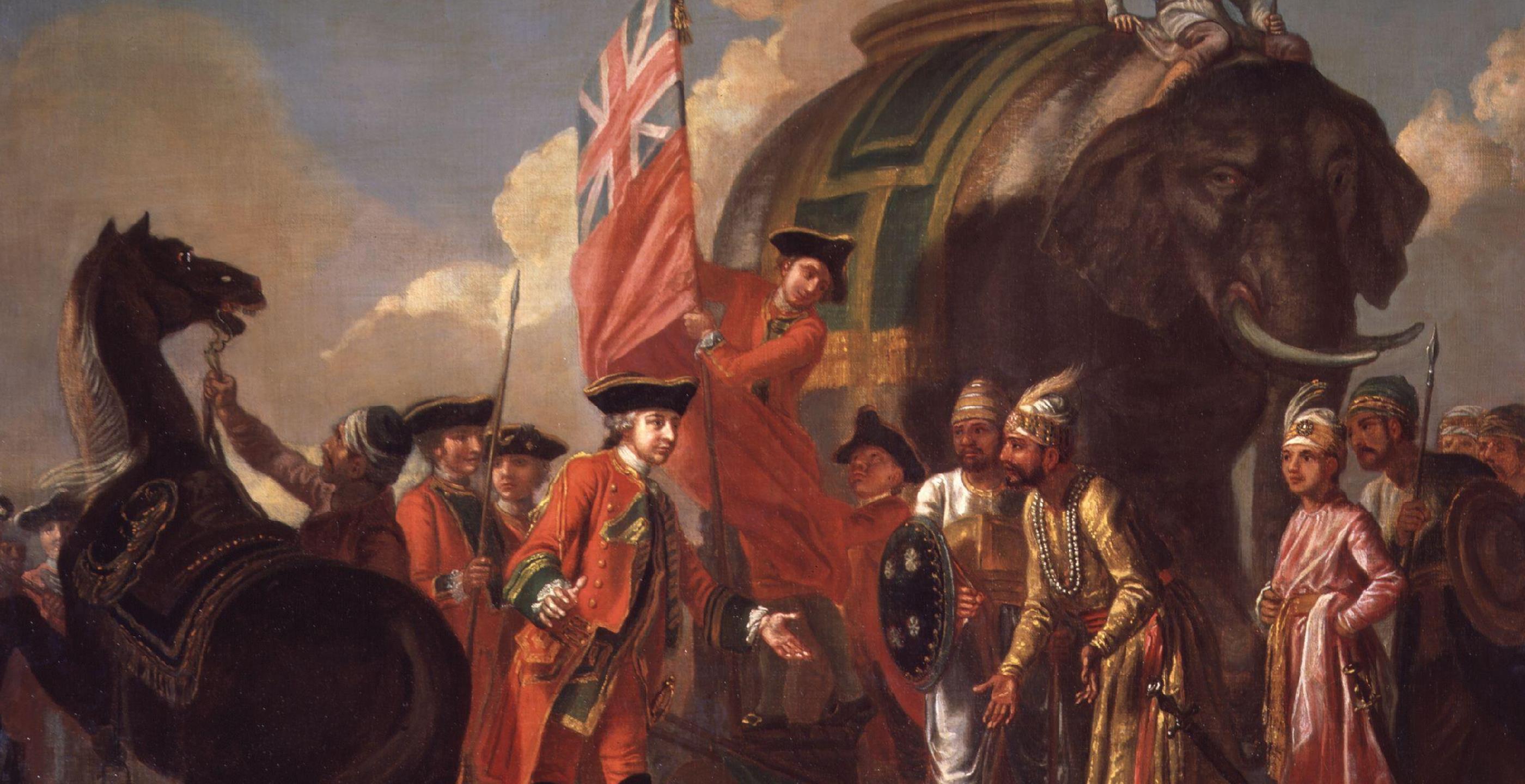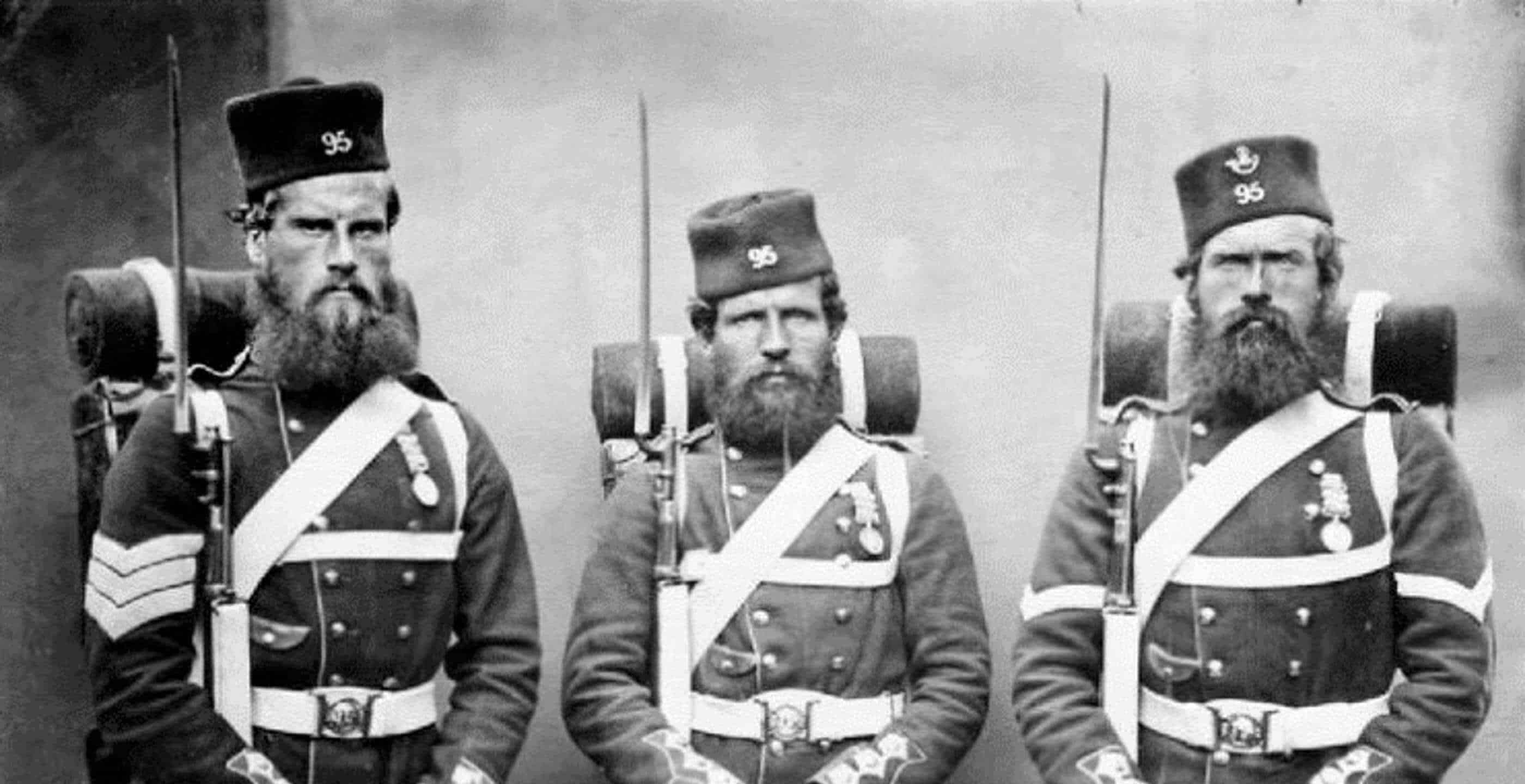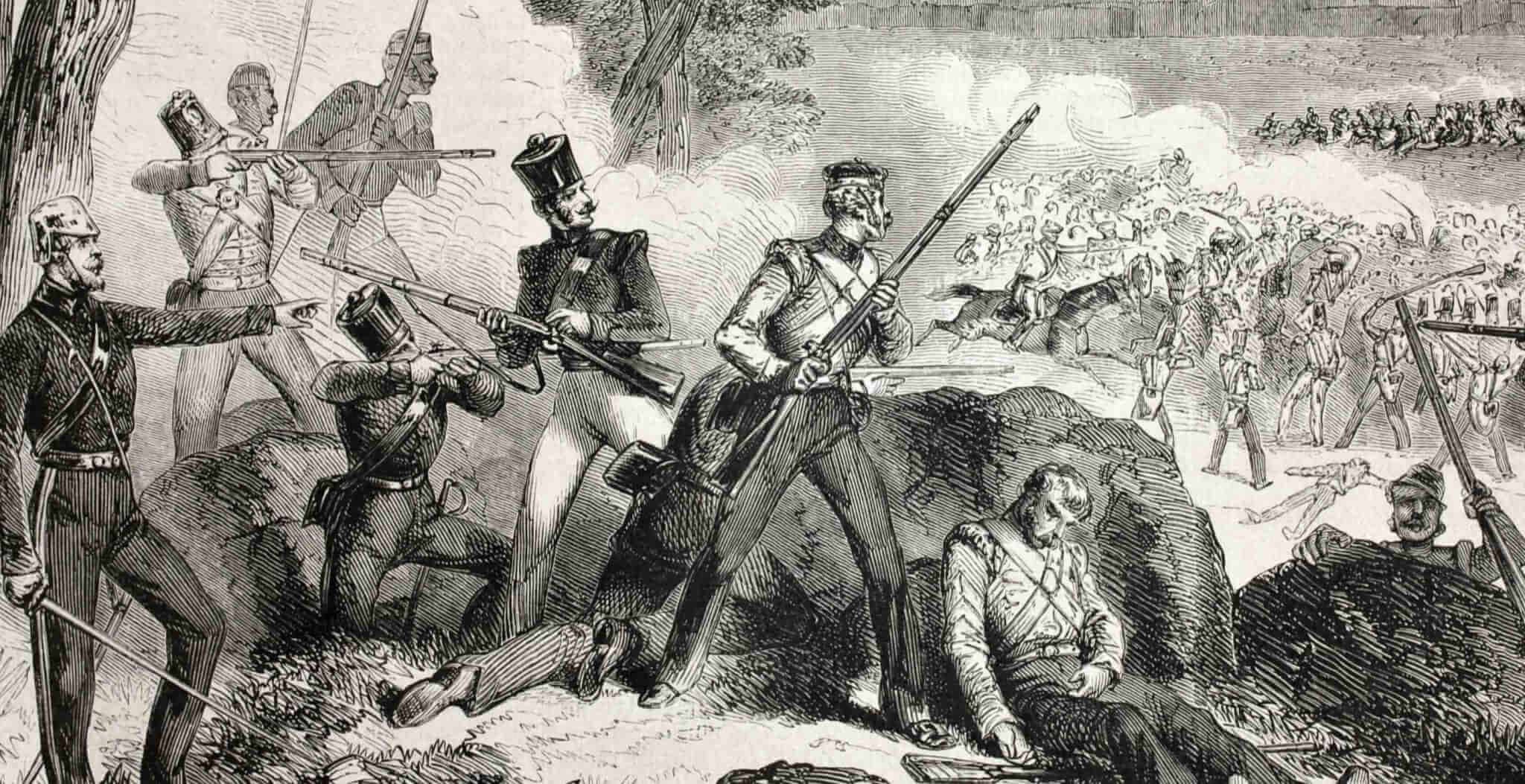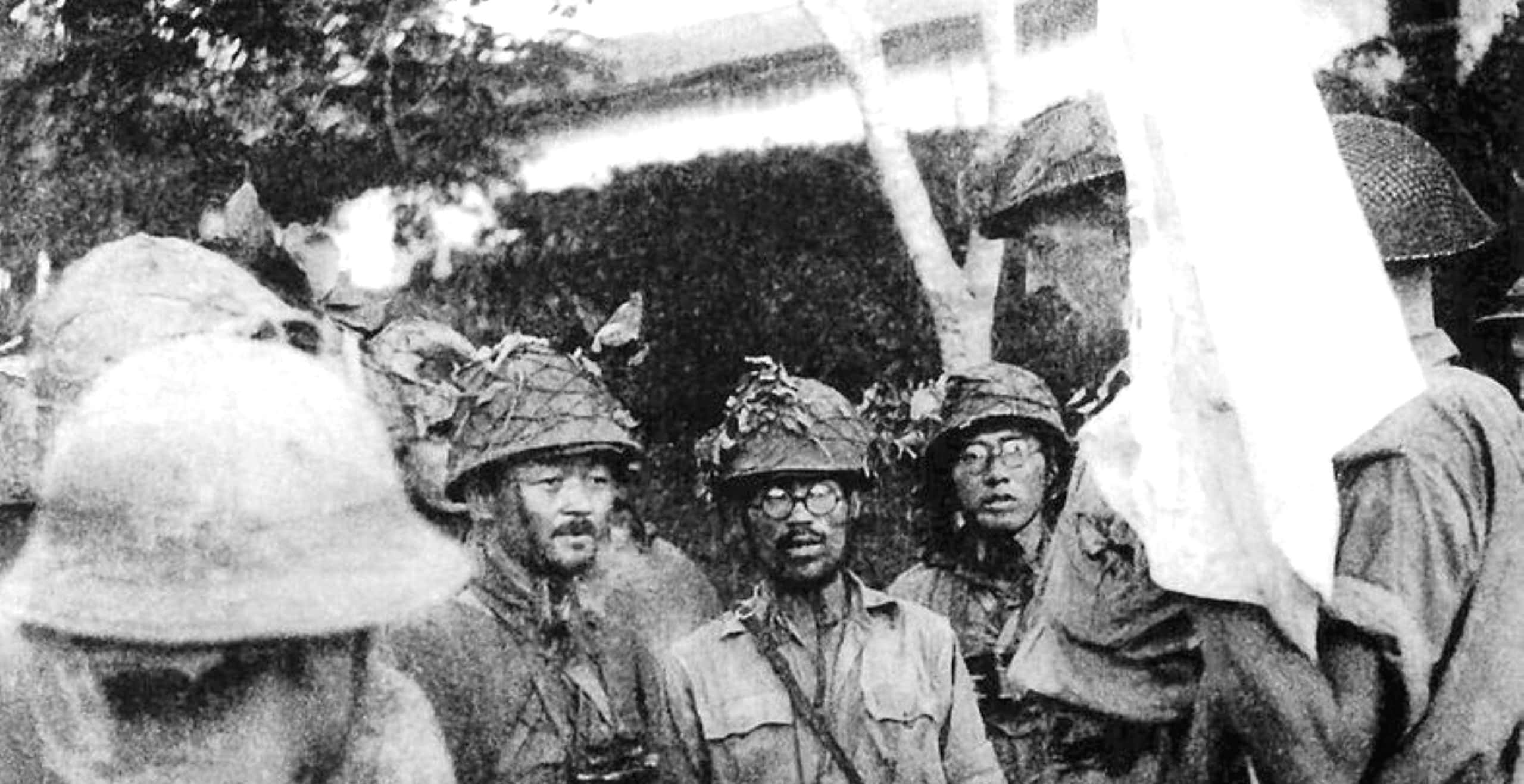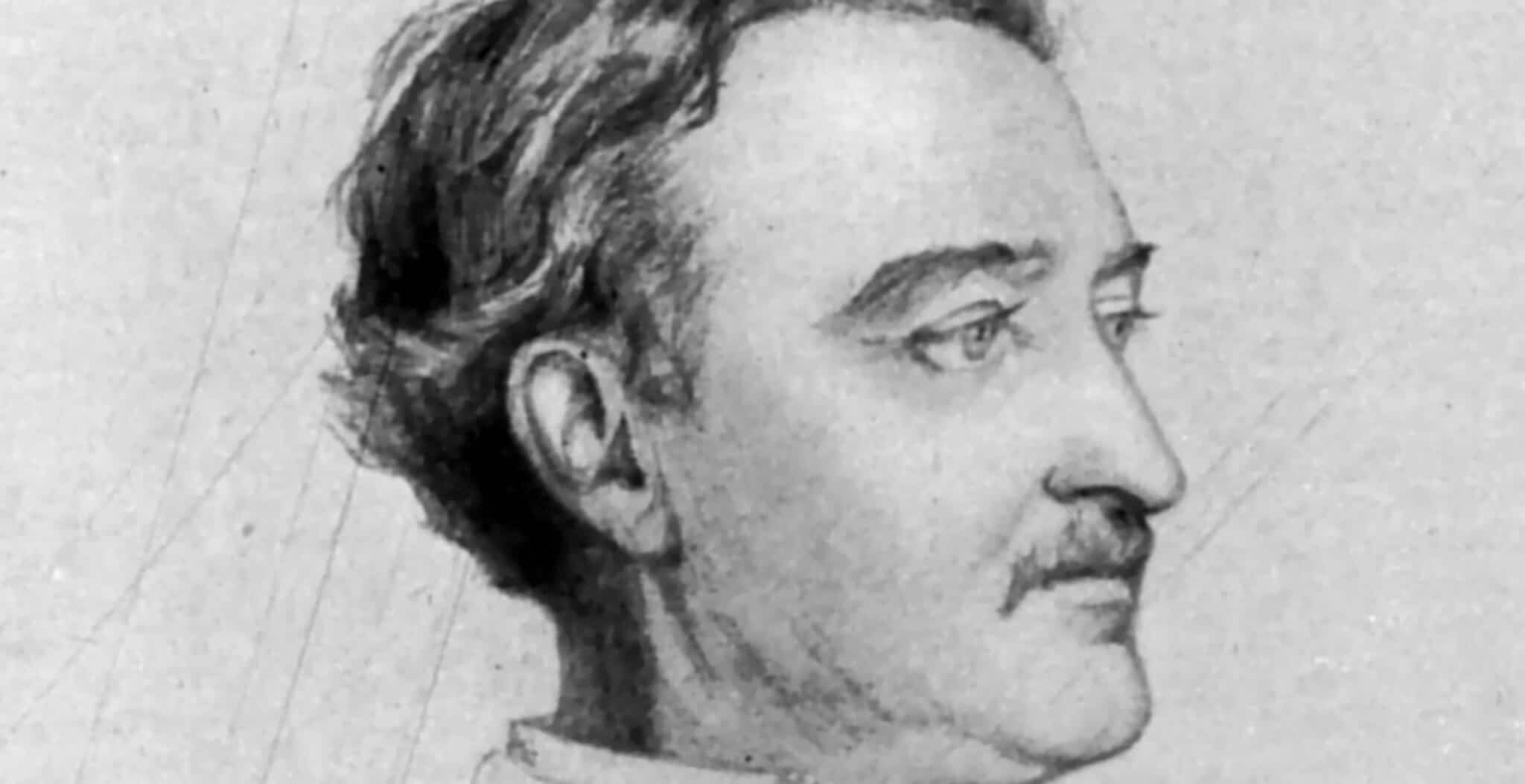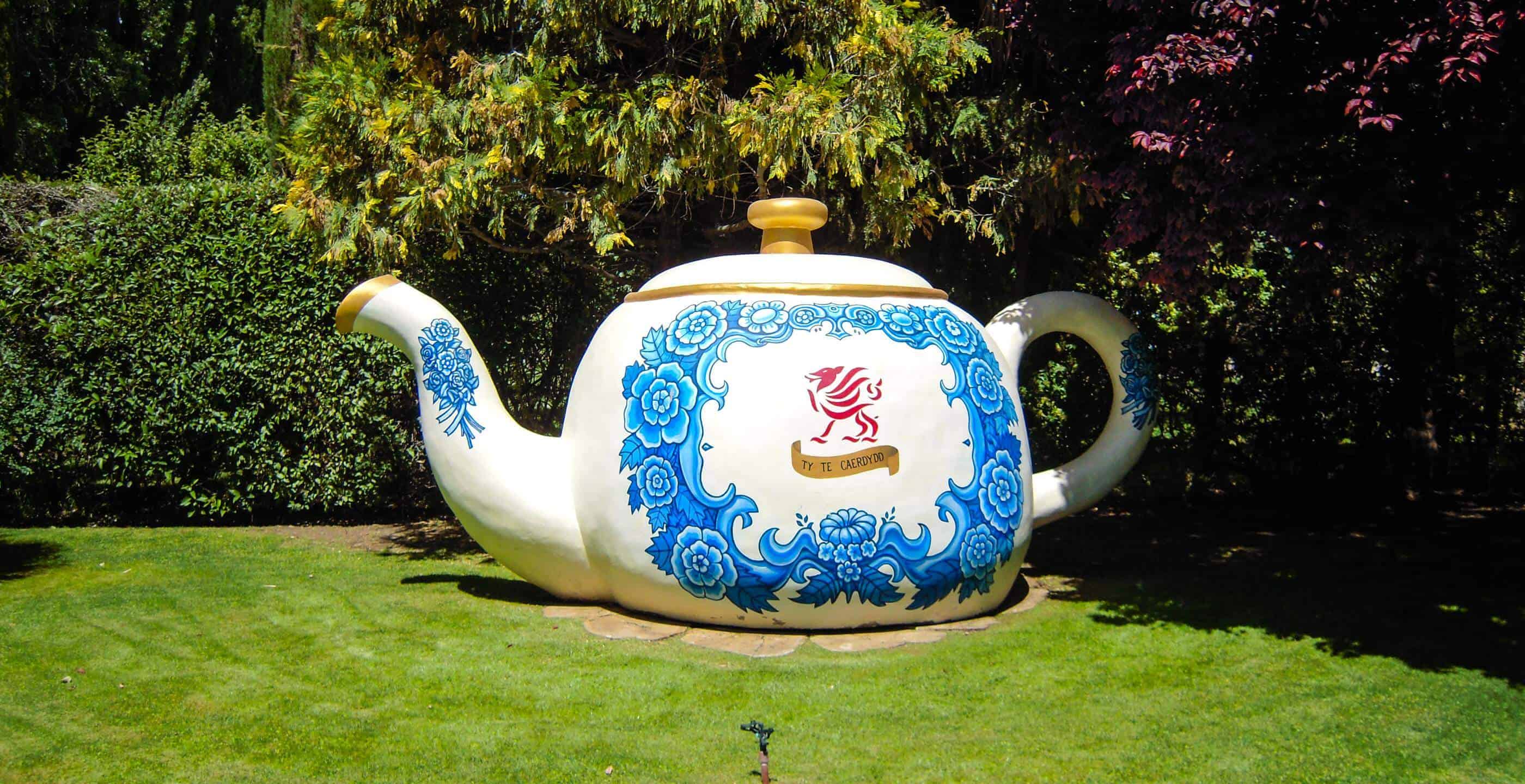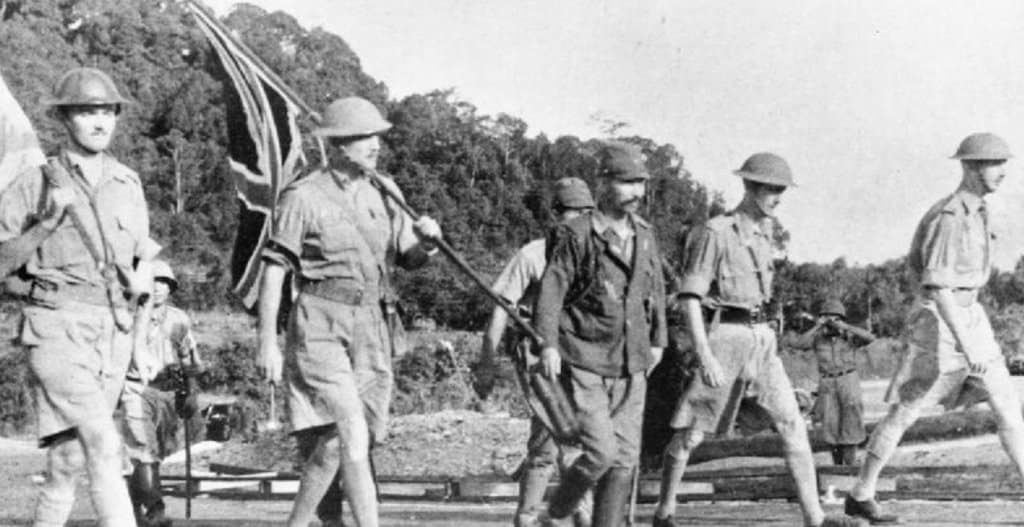Two hundred years ago, an important treaty was negotiated by the Englishman Sir Thomas Stamford Raffles, leading to the establishment of the British colony of Singapore. The foundation of modern Singapore and the actions of the British Empire marked a new chapter for this southern Asian island which grew into a commercial and cosmopolitan hub, largely due to its ideal location as a trading port.
Before the expansion of European imperial ambitions into Asia, Singapore had been known as “Pu-luo-chung”, as recorded by some early third century Chinese accounts. As a settlement it grew alongside trade and was known as Temasek which loosely translates as “Sea Town”. It would later be renamed Singapura, or the “Lion City” abbreviated from the Sanskrit words which according to legend, were derived from a Prince who had spotted an animal he had never come across before whilst on a hunt.
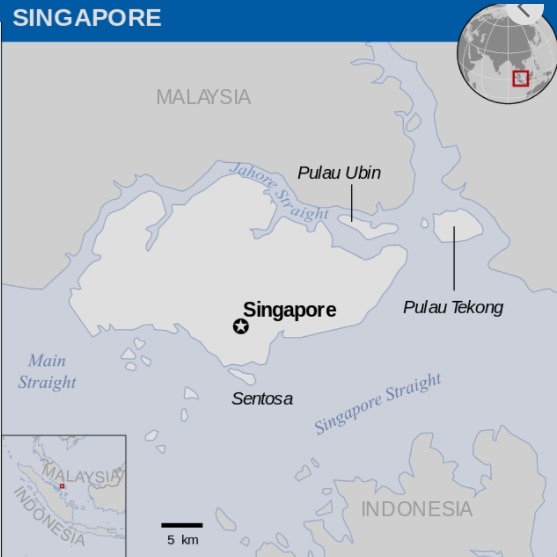
For this small Asian island, its location at the southern tip of the Malay Peninsula would make it a prime trading spot, on the confluence of many trading routes for vessels travelling from all across the ancient world, part of the wider connections known as the Silk Roads.
The island would for centuries come under the control of foreign powers vying for hegemony in the region including the Srivijaya Empire based in Sumatra, Indonesia, whilst in the twelfth century the Majapahit Empire from the island of Java and later the Siamese would use it as a vassal state. By the fifteenth century Malacca was exercising dominance until European powers intervened and Portugal enhanced its imperial portfolio.
During the Age of Discovery, European powers turned their attention to south-east Asia, competing as they did so for control, access and power over these highly sought after trade routes. In 1511 the Portuguese gained a foothold in the area when they conquered the Malacca Sultanate. By 1613 the settlement at the end of the Singapore River was burnt by the Portuguese, thus depleting the island of resources, status and significance. It was not until several centuries later that Sir Stamford Raffles would put his own stamp on the island, restoring its place in the trading network and securing for the British Empire a vital source of trade, wealth and power in the region.
The English entered the trading race late in the game, forced to catch up with the Dutch who had already established vast areas of control. The East India Company would prove vital for the imperial ambitions of the United Kingdom.
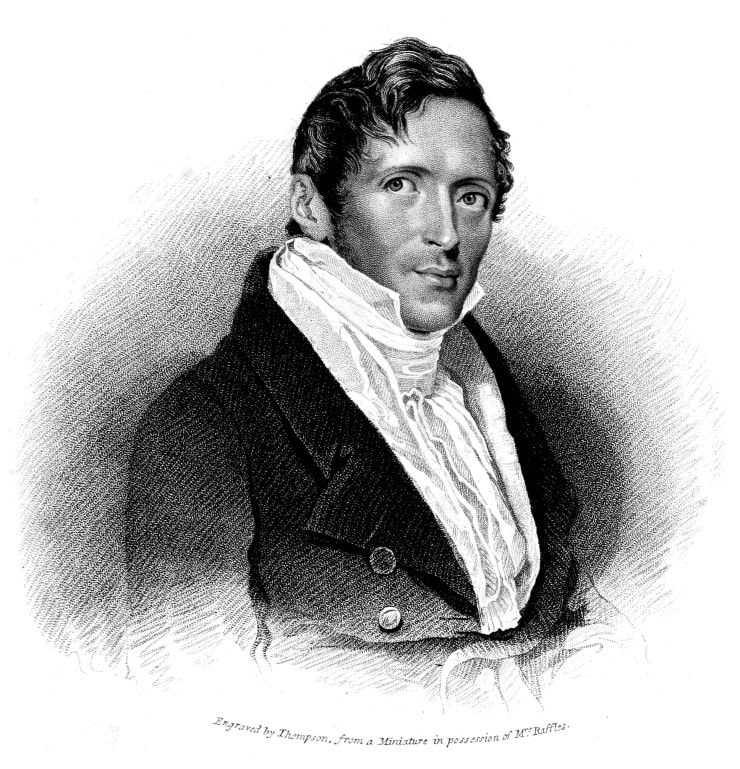
An important figure who would rise to the occasion was Sir Thomas Stamford Raffles. A British statesman, he would prove to be a crucial figure in the conquest of Java, taking the Indonesian island from the Dutch and a massive contributor to the expansion of the British Empire. In 1818, he was appointed the Lieutenant-Governor of Bencoolen, now known as Bengkulu City in Indonesia. During his time in this position he would instigate substantial reforms including abolishing slavery.
Raffles’ ambitions were to oust the Dutch and take control of the region which became increasingly important as British India and Chinese routes passed through the Malacca Strait. At the time, the Dutch monopoly cost the British a great deal of money, particularly when they were hit by heavy taxes at Dutch trading ports. The obvious solution for Raffles was to have a British port in the area, a way of challenging any rivals, validating the imperial trade routes and locating a source of wealth and income.
Upon reflection, many of Britain’s existing ports were not strategically advantageous enough and other sites were under Dutch control, forcing Raffles to search for several weeks, eager to find a suitable location. He had in this time managed to persuade the governor-general of India Lord Hastings to fund this expedition which eventually proved fruitful when he stumbled upon the island of Singapore.
The location was perfect: it was near the Straits of Malacca, it already had a natural harbour and a good amount of natural resources. The area was also not a focus of Dutch control, making it even more desirable.
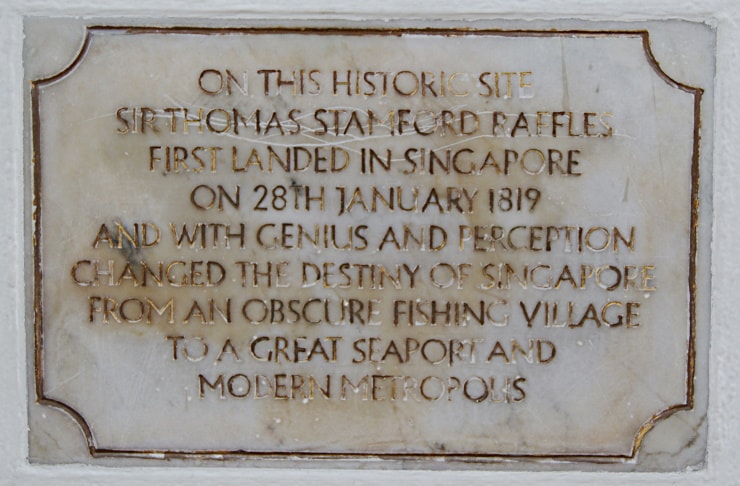
On 29th January 1819 Raffles established a post on this newly discovered island and immediately made contact with the local rulers. This proved to be Raffles’ strength, sensing an uneasy political context he offered what would have been a basic treaty establishing trade exclusivity and British protection of the area.
Meanwhile, other members of his expedition party examined the area, surveying the land for its potential. The next step was to request a meeting with the local supreme ruler in order to formalise the proceedings. This was a challenging moment for the British as the Sultan of Johor, Tengku Adbul Rahman would not be in a position to agree to any such treaty on the basis that he was controlled by the Dutch. On reflection, there was a way to navigate such a problem, since the Sultan was only in this powerful position because his elder brother Tengku Hussein had been absent when their father died. Whilst away, Hussein had found himself in exile in Rhiau Islands but rightfully would hold a position of power back in Singapore.
With much needed assistance from local chiefs, Raffles was able to smuggle Hussein back to Singapore with a huge offer of economic incentives and the position of Sultan of Johor. In exchange for this, Sultan Hussein would in return allow the British East India Company to establish a trading position in Singapore. Within a few days this agreement was signed, sealed and delivered.
By 6th February 1819 Singapore had been established and Britain was in control. The treaty was announced in public, read in several languages in order to show inclusion of all people belonging to this multicultural trade centre. Raffles had secured an important port, leading to the city’s growth not only financially but culturally and socially, attracting people from all across the continent hoping to make money on the island. Modern Singapore was taking its tentative steps on the global stage.
In the following years, Singapore would formally become a British colony with power transferred to Major William Farquhar as the Resident and Commandant of the new settlement. Raffles, although initially returning to Sumatra, would continue to exert his influence on Singapore throughout the years.
In 1822, the Jackson Plan was initiated, otherwise known as Raffles Town Plan, to bring law and order to the colony. As part of this, areas of the city were established according to ethnicity and split into groups. The distinctions largely dictated by status and wealth involved a European Town made up of white traders and rich Asians whilst the ethnic Chinese had their own area. Other immigrants recent to the island would find themselves segregated such as the ethnic Indians and Muslims.
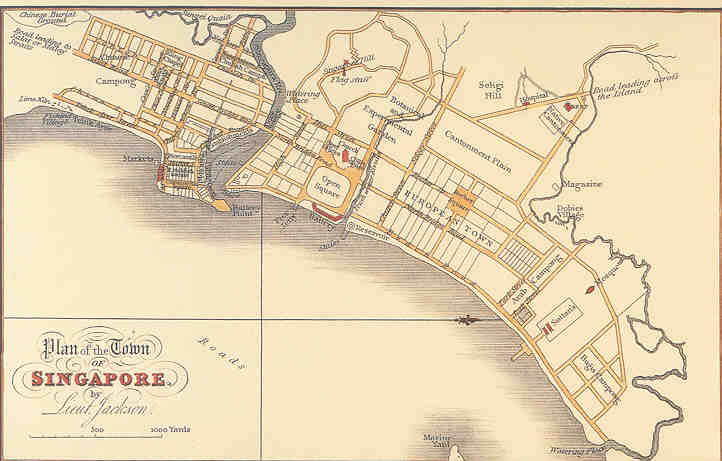
Over the years traders from across the globe would make Singapore their home. The area would continue to grow in population, necessitating further infrastructure. Commercial growth flourished with banks and other institutions helping to cement its status whilst schools, churches and local businesses helped to maintain social structure and growth on a grassroots level.
The establishment of the British port at Singapore was not without its challenges as the Dutch were unlikely to accept this bold move of trading hegemony lightly. Nevertheless, on 17th March 1824 a treaty was created stating the Dutch were relinquishing any claims to Singapore despite their previous protestations in the years following Raffles’ arrival.
Raffles would experience deteriorating health in the following years and passed away a day before his 45th birthday. His legacy would live on as Singapore would rise to become one of the busiest ports in the world, a status it still holds to this day.
Singapore, by an accident of geography, became a source of wealth and security for different powers throughout the centuries. It would remain one of the most important trading hubs in the world.
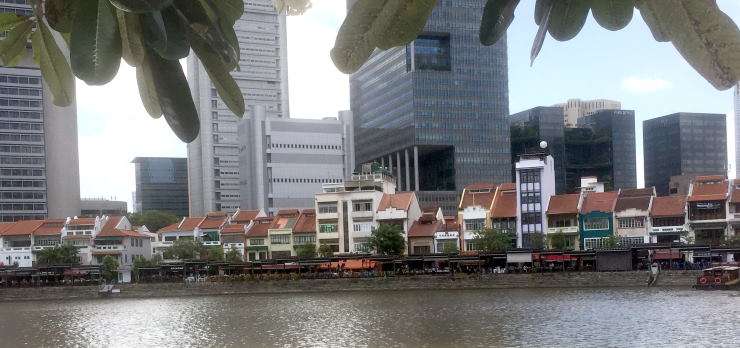
Jessica Brain is a freelance writer specialising in history. Based in Kent and a lover of all things historical.
Published: February 12, 2022.
